The Roadmap for Business Ahead
Changing Business Practices Seen In Reopening Markets
 by Kevin Williams, International Immersive Technology Special Correspondent
by Kevin Williams, International Immersive Technology Special Correspondent
The global entertainment industry has endured a momentous period of lockdown, but in places, the worst has passed and an end to the curfew seems to be gaining momentum. All of this has led toward the ability to reopen and restart our businesses. In the process of dusting ourselves off and moving forward, we need to be mindful of the issues we will need to address and attempt to avoid the inevitable hurdles that lay ahead of a major industry coming out of such a long stagnation.
Markets that are Emerging
Gaining information from markets and businesses that are coming out of lockdown first is proving a valuable barometer of what can be expected and adopted in the West. And it is the Asian amusement and attractions trade industry that has seen the first real relaxation of lockdown, and the effort to restart business in their post-pandemic markets.
One of the influential restarts in the territory was the announcement of Shanghai Disneyland opening after nearly four months shuttered by the virus measures. With its action came new procedures for operations and guest safety. These included “Controlled Capacity” that ensures the density of guests in the venue stays at set levels, “Sanitization Stations” placed throughout the park, “Safety Training and Notification” advising guests of social distancing and including enhanced wait lines. Also, under the edicts of the government health procedures, guests must wear facemasks on the property and must be checked for temperature and their Health QR code (a contact tracking scheme). One of the biggest changes is the deployment of an online booking only (“Advance Reservations”) policy with no walk-up ticketing. What made the most news around the world was that even with reduced capacity and new measures, tickets for the park sold out within an hour of going on sale.
The first video arcades started to open in China and Hong Kong, also employing much of the strictures that had been implemented in the first theme parks. Along with screening and disinfection procedures, new facility layouts were employed that saw clusters of machines separated or with barriers placed between multiple units. Also implemented were the capping of attendance, more sanitization stations and use of facemasks.
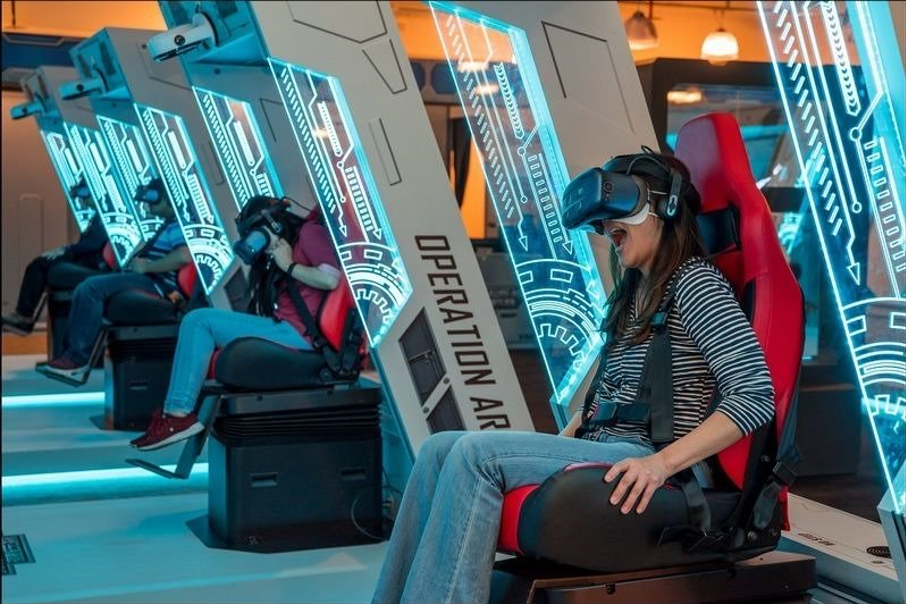
Kocpc/HTC VIVELAND.)
In Taiwan, the Vue Cinemas organization reopened their theater business in the country, employing guest temperature screening upon arrival. They also implemented a 20 percent reduced operating capacity supported by a staggered screen time through online-only booking. Several reopening cinemas in these regions have employed a new social distancing seating plan for movie theaters, also abandoning much of the shared refreshment services.
At the same time in Taiwan, some of the first VR arcades reopened and with them, the use of facemasks and VR masks as seen at the opening of the HTC VIVELAND store in the capital. Perhaps unexpectedly, people’s interest in using VR hardware seems not to have lessened.
Many Western governments and agencies are observing the lessons learned from the early deployments and reopening measures seen in Asia to help shape their thinking on their own planning. However, much of the reopening is still experimentation, a trial-and-error process to find the correct level of operation (encapsulated in what’s been termed a “Phased” approach). All decision-makers remain aware of the specter of creating a spike in infection or the feared second wave. These continue to shape the implementation of last-minute changes and possible reversals on approaches that are being defined.
The Changing Landscape
One aspect that seems to be emerging from the post-pandemic industry is the demise of the entry ticket. Most reasonably sized entertainment venues that are reopening have adopted online advance reservations. U.S. operations such as Six Flags is planning to apply this across their reopening venues. While removing the ability for drop-in traffic, this approach addresses the need to manage capacities and facility utilization, as well as ensure new guidelines are understood, acting as a pseudo-waiver through the online booking process. As with smart-payment, the entertainment industry has known the inevitability of this process, but some have attempted to block its adoption. The health crisis has allowed developers of customer relationship management (CRM) apps a chance to shine, along with electronic point-of-sale (ePOS) and smart-card platforms, stepping into the breech.
For facilities that run hospitality and refreshments, the impacts of the current climate will be doubly concerning. It will be hard to see a post-pandemic landscape where self-service drink dispensers can be accommodated. Venues will migrate to closed vending systems that can be monitored more closely. The need will be to also accommodate the correct distancing between covers, and the deployment of disposable menus, comprising a changed selection of dishes to best reflect the conditions (no sharing plates) –– all extra headaches for operators under pressure.
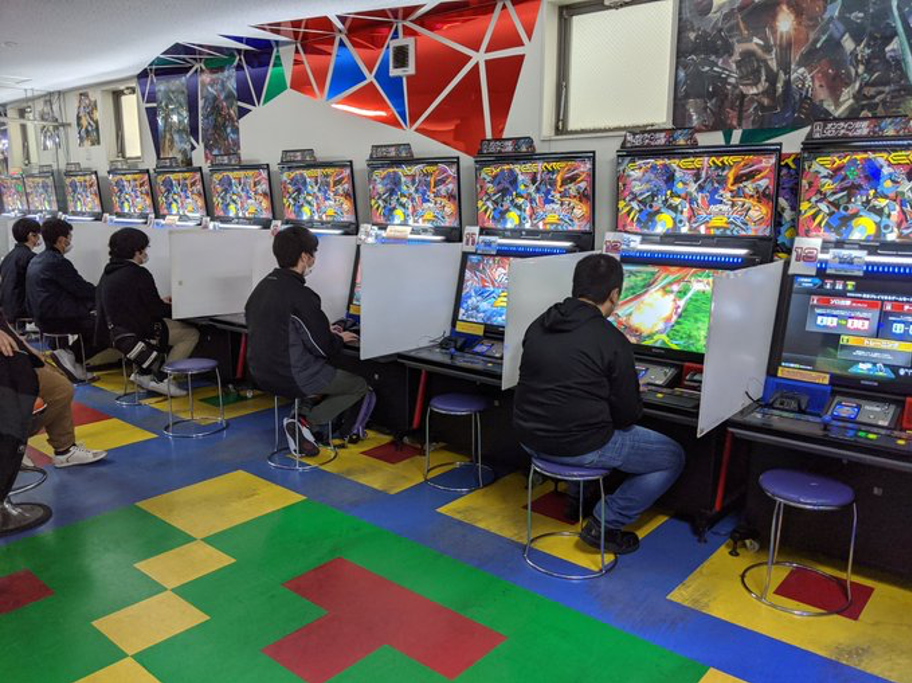
Another changing aspect of the business that has not been given much consideration is the very construction of the amusement machines we place in our facilities. Following the virus epidemic, new policies regarding the cleaning and wiping down of areas in regular contact with the guest (referred to by some as “heavy touch points”) will be implemented. Questions have been raised on the survivability of the virus on various materials, and how some (such as glass, metal and certain finishes) offer more hostile mediums. The design of most amusement pieces has never really had to take into consideration bacterial transfer, but just be hardwearing and durable. Now some design departments at the larger manufacturers are starting to consider redesigning their platforms to include easy-clean areas and limit transference. It is expected that some manufacturers will opt for the inclusion of “wipe-down” cloths for the player’s use.
There are new materials under view to be incorporated into the design of machines. One such is called Silver Defender, an antimicrobial, adhesive film that is initially intended to be applied to hospital door handles and touchpoints, claiming to offer a 90-day bacterial and virus barrier (www.silverdefender.com). This and many other new materials are being evaluated for deployment in the heavy-touch entertainment scene.
Along with resistant materials, there is a greater than ever need for satisfactory disinfectant agents, and the U.S. Environmental Protection Agency (EPA) has been supplying stringent guidelines on suitability. New technologies seen employed in healthcare such as ultraviolet light systems and the latest electrostatic sprayers add to the armory in defense of the virus.
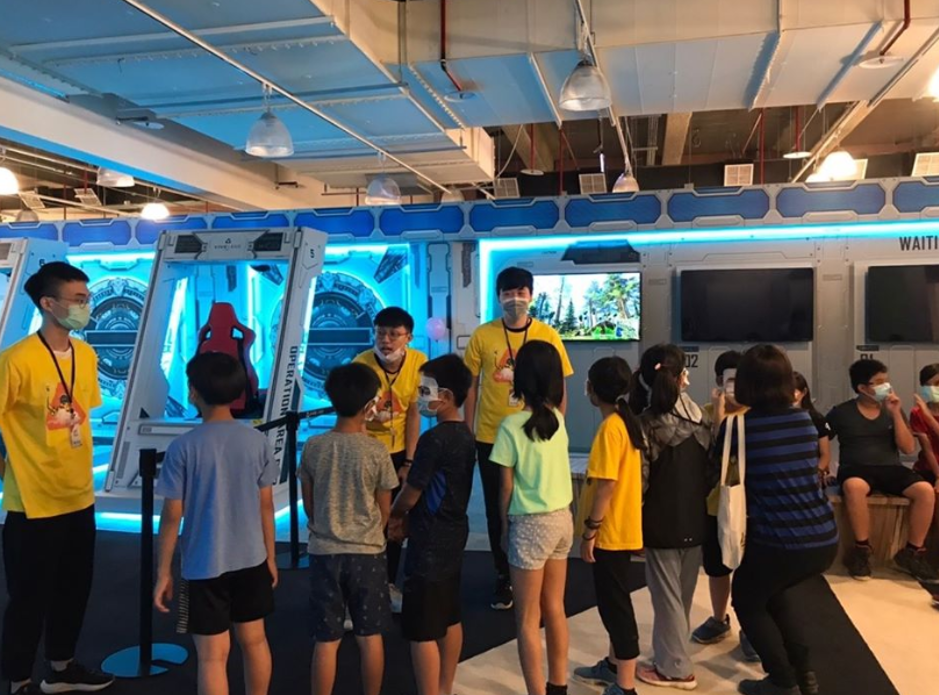
The VR scene has already employed sanitization elements into their design prior to the health crisis, such as with LAI Games’ Virtual Rabbids’ inclusion of a VR mask dispenser for players. VR technology has grown in influence in the entertainment landscape but could offer the most difficulties moving forward in a post-COVID-19 landscape. Virtual reality by its very nature is an “invasive” platform, the guests physically wearing headsets, using special controllers and in some cases, wearing haptic vests.
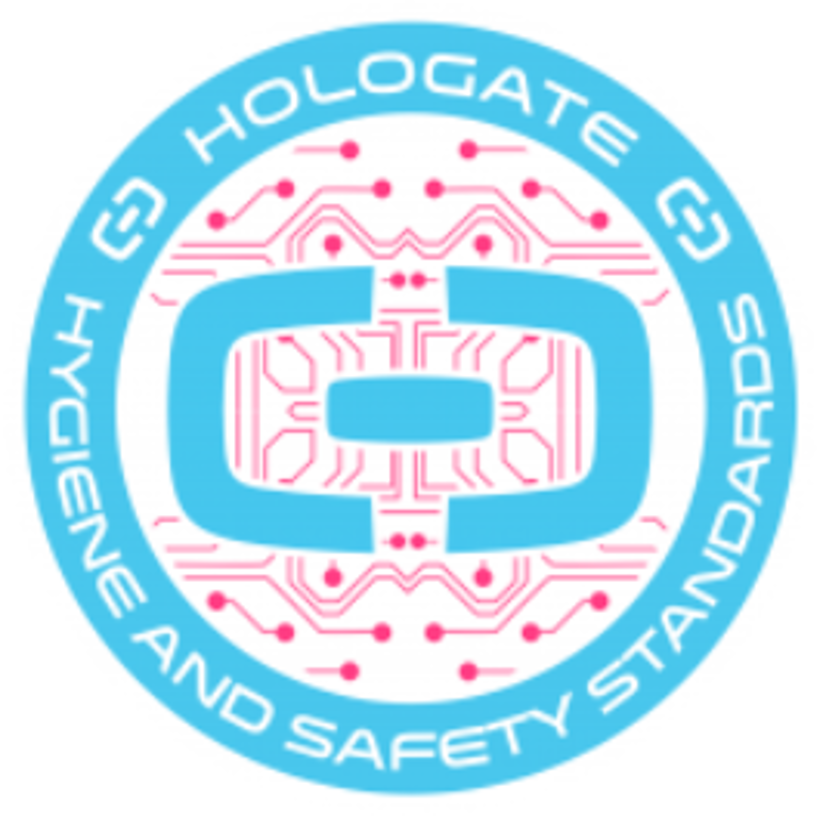
There has always been a drive for proper hygiene practices in this sector, but this has been accelerated by the current situation. In order to ensure that the best practices are employed as the industry starts to reopen, one of the largest VR manufacturers has shared a series of approaches to achieve unanimity of operation. The “Hologate Hygiene and Safety Standards” is a simple guide to bring a uniform process to the cleaning and operation of VR hardware – a standard that is hoped all can abide by. (The author of this column was involved as an advisor in the creation of this standard. You can view it here: hologate.com/hygiene-and-safety-standards.)
The daily cleaning process for an operator will completely change under these new conditions, not only with the obvious, more rigorous cleaning process at the end of the working, but the consideration of wipe-downs needed on machines and attractions after use. Among them, the bowling industry has its balls, shoes and socks, the 3D theater scene its reusable glasses, and the go-kart sector with the need to clean helmets. A high level of cleaning during the visit will have serious impacts on the flow of operations and could impact staffing and general length of stay. There have also been concerns voiced regarding the restrooms and how these possible epicenters of infection will have to be managed, consuming considerable amounts of staff time. It is possible also that locations will revert to the use of stalls for the men’s room as well as the women’s.
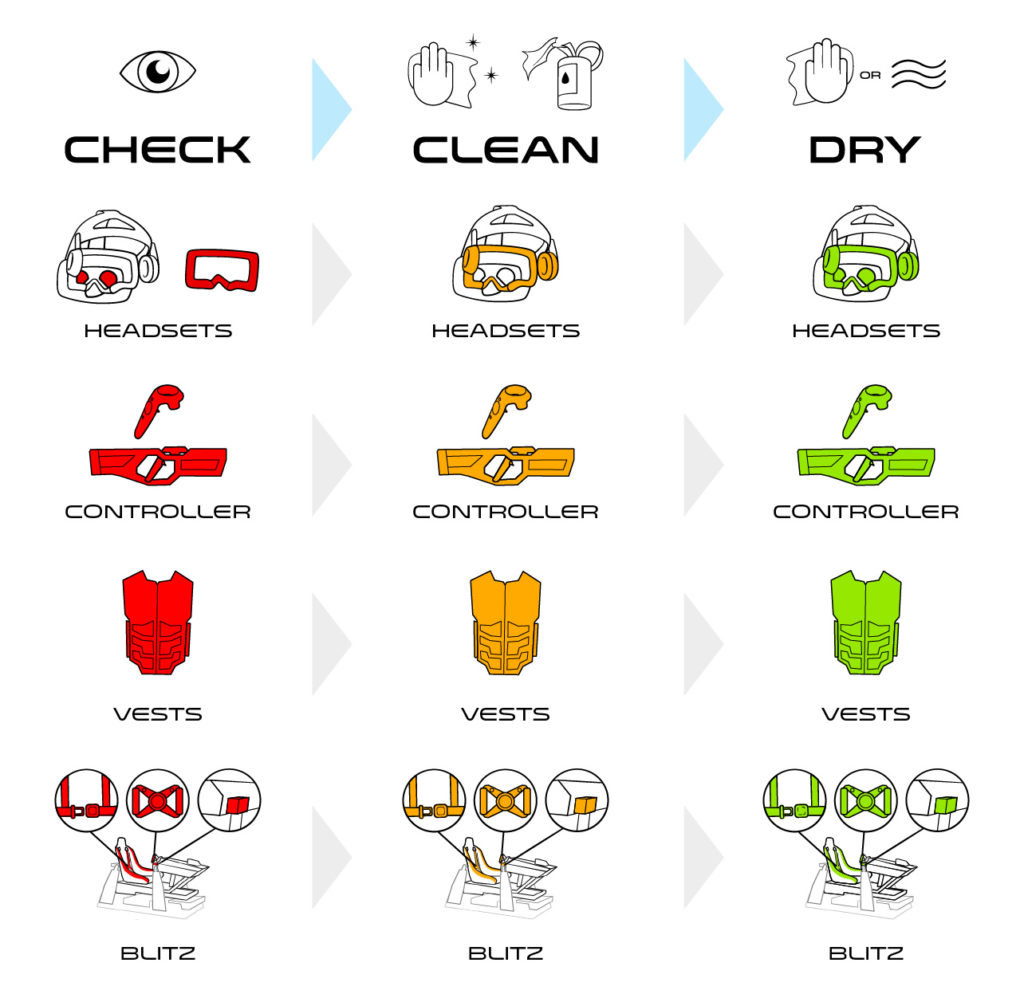
Empathy With the Patrons
A growing concern for many operators is the impact on disposable incomes with the pos-lockdown client base and that the financial chaos due to the pandemic will impact spending on non-essentials. In reality, this global health crisis has revealed a major need for escapism and beyond the surge in consumer online entertainment media, the need to address cabin fever from an audience emerging, burry eyed from lockdown. But, this is a changed audience that needs support and flexible pricing will be inevitable.
A real concern has been that of “appropriate response.” Some individuals and groups have shown anger to what they perceive is an “early” reopening of some entertainment operations. The confused state government messages on phased opening, have seen some operators attacked and accused of just being interested in making profits while endangering the community. Operators must now employ levels of empathy to be able to adequately respond to these false accusations while understanding the fragility and vulnerability of some in the community. This is especially true as they have to deal with attacks against their business on social media from, in many cases, individuals looking to inflict distress.
In another example of the community spirit and sharing information among the industry is an “Operators Guide: How to Answer Difficult Questions about Reopening.” (This has been created by Kevin Williams and Jeff Chatterton and has been shared for free. You can find it at www.replaymag .com/an-operators-guide-on-answering-difficult-questions.) The guide acts as a primer to help operators respond appropriately to the kind of questions and accusations being seen from the first venues to reopen. It was developed to offer a measured response to what can be quite difficult situations, especially when leveled across social media. Helping many operators that may not be schooled in the complexities of risk and crisis communication to offer an empathetic response. This is the second guide to be circulated among the trade, hoping to share valuable information. (The first from Williams, in conjunction with Creative Works, can be found at www.replaymag.com/top-entertainment-center- priorities-post-covid-19.)
In conclusion, it’s obvious that by the time readers have this issue in their hands, many things will have changed since the writing of this piece. But, hoped that these features give an overview of the areas to focus on and the opportunities, rather than a blow-by-blow report of what is happening. We look forward to covering the latest developments, and new signs of business, in the next feature.
–– Kevin Williams
Kevin Williams is a leading authority in the digital out-of-home entertainment industry through his consultancy KWP Limited and specializes in interactive entertainment. He’s had an extensive career in the theme park, amusement and entertainment software industries, and was once a Walt Disney Imagineer. Kevin is well known for his news service, The Stinger Report, that he boasts “has become a must-read for those working or investing in the international market.” He is a prolific writer with regular columns for the main trade publications in this market and is a frequent presenter of conference sessions on the sector and its global impact. He is also the co-author of what he says is the only book on this aspect of the market, The Out-of-Home Immersive Entertainment Frontier, and is working on the next edition, scheduled for publication soon. Kevin can be reached at [email protected]
